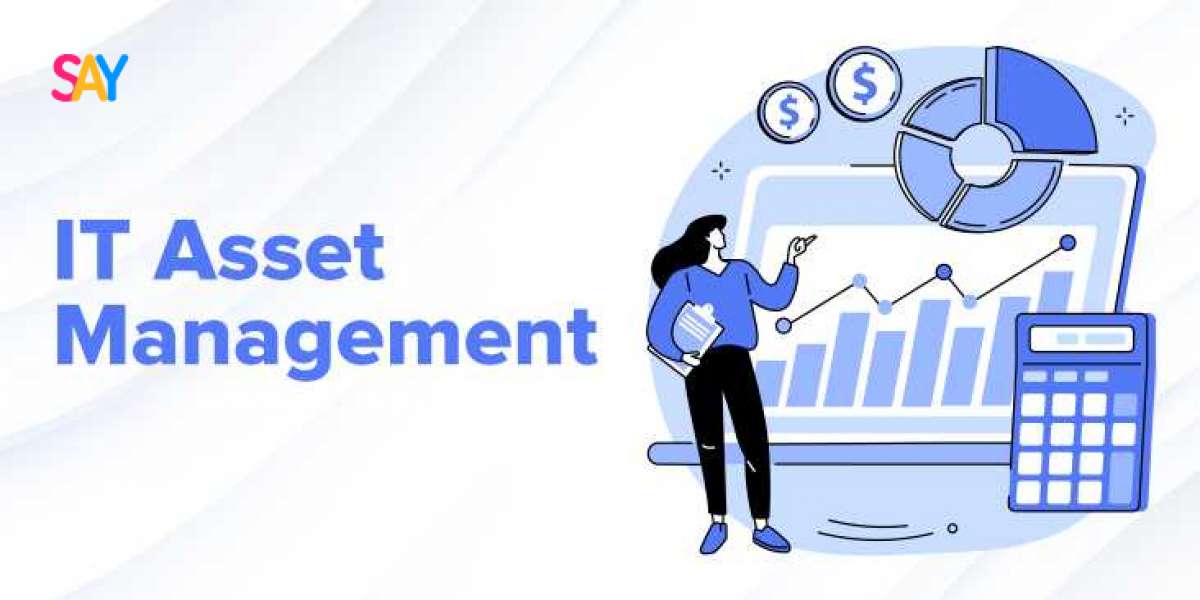In an age where technology underpins nearly every business process, managing IT assets efficiently isn't a luxury—it’s a necessity. From laptops and servers to SaaS subscriptions, these tech assets represent significant investments. Without a proper system in place, organizations risk duplication, compliance mishaps, and lost productivity.
What Is IT Asset Management (ITAM)?
At its core, IT asset management is the discipline of tracking and optimizing tech assets throughout their entire lifecycle:
Planning Procurement – Deciding what to buy and when.
Deployment – Installing and setting up assets for use.
Maintenance – Monitoring health and applying updates or patches.
Utilization – Ensuring assets are actively used.
Disposal – Securely retiring outdated or unused assets.
A robust ITAM program offers visibility into every device, license, or cloud subscription your organization owns. It answers the big questions: What do we have? Where is it? Who’s using it? And when should it be renewed or discarded?
Why IT Asset Management Matters?
1. Financial Control
Untracked assets often remain unused or result in unnecessary duplications. ITAM helps:
Avoid unwarranted purchases.
Extend device lifespans through timely maintenance.
Reallocate underutilized software, saving license costs.
2. Regulatory Licensing Compliance
Software audits can be costly. ITAM enforces legal use of software, ensuring you’re covered, not exposed.
3. Cybersecurity
A tracked asset inventory ensures nothing slips off the radar. You’ll catch outdated devices, unpatched systems, and enforce security policies more effectively.
4. Operational Efficiency
A centralized tracking system reduces manual effort. IT staff spend less time on spreadsheets and more on impactful tasks—productivity goes up, and downtime comes down.
5. Insightful Decision-Making
Good data drives good choices. With ITAM, you can forecast replacement cycles, optimize budgets, and align tech purchases with business goals.
Tools That Power Effective IT Asset Management
To implement ITAM successfully, organizations rely on tools that automate discovery, tracking, reporting, and maintenance. Here are some of the most effective:
1. ServiceNow
A full-suite platform with ITAM functionality, integrated with IT Service Management (ITSM), CMDB, and automation — ideal for enterprises seeking centralized oversight.
2. ManageEngine AssetExplorer
Set up quickly and well-suited for mid-size teams. It handles hardware and software tracking, license management, and has integrated alerting.
3. Freshservice
Combines ITAM with ticketing and service desk functionality. Clean interface, useful for teams already using ITSM.
4. Lansweeper
Best for automated network discovery—it scans connected devices and software, creating a living asset inventory without manual input.
5. Noname Tools (like Spiceworks, Gensys)
Lightweight and cost-effective for small businesses—these tools may lack advanced features but offer essential ITAM with minimal learning curve.
Best Practices for Successful IT Asset Management
A tool alone won’t fix ITAM—it’s the process and discipline you build around it. Here’s the blueprint:
1. Build a Reliable Audit Trail
Start with a one-time comprehensive inventory. Automate discovery to keep it accurate.
2. Define Clear Ownership
Every asset should have an accountable individual or team responsible for its health and lifecycle.
3. Classify Tag
Organize assets by type, department, location, or purpose. Use barcodes, QR codes, or digital labels.
4. Align ITAM with Policies
Your asset rules—purchasing, renewal, disposal—should reflect company strategies (budget, security, sustainability).
5. Automate Repetition
Let your tools send reminders for renewals, flag unused assets, and generate alerts for expired warranty or licensure.
6. Train and Enforce
Educate the wider organization: onboarding/offboarding procedures, compliance expectations, and reporting duties.
7. Review Regularly
Quarterly check-ins help identify misuse, optimize allocation, or update procurement decisions.
8. Integrate with ITSM and CMDB
Linking ITAM to service management creates consistency—support tickets, incidents, and changes tie back to known assets.
Overcoming Common ITAM Challenges
1. Remote Work Complexity
With employees scattered, asset tracking gets tricky. Cloud-based ITAM tools with endpoint agents and self-reporting help bridge the gap.
2. Software Bundles Cloud Sprawl
SaaS tools multiply quickly. Stay on top by assigning ownership, monitoring usage, and consolidating redundant subscriptions.
3. Manual Errors
Human data entry leads to mistakes. Automated audits and scheduled syncs with procurement systems help keep records clean.
4. Cultural Resistance
ITAM requires buy-in. Position it as a business enabler—better efficiency, cost control, and decision-making—and incentives follow.
Real-World ROI of IT Asset Management
Here’s how ITAM delivers real value:
A tech company found $200K in saved license costs by reallocating unused seats.
A healthcare firm avoided multi-million-dollar fines thanks to strict license tracking.
A logistics provider reduced hardware downtime by 40%, thanks to preemptive maintenance alerts.
Getting Started with ITAM: A Smart Roadmap
Step 1: Commitment – Get leadership on board.
Step 2: Inventory Audit – Know what you own.
Step 3: Tool Selection – Choose based on size, budget, complexity.
Step 4: Policy Creation – Document ownership, procurement, lifecycle rules.
Step 5: Implementation – Deploy tool, automate discovery and tagging.
Step 6: Training Launch – Educate teams and roll out.
Step 7: Governance Optimisation – Track metrics and refine approaches.
Conclusion
IT asset management isn’t just a checkbox—it’s a strategic necessity. It helps organizations cut costs, stay audit-ready, and make smarter technology investments. With the right tools and habits, ITAM becomes an enabler, not a chore.
Start small—say, with a single department—and expand from there. Evaluate periodically. Involve stakeholders. Pretty soon, your asset data becomes your IT strength.
Want to discover more about setting up ITAM in your company? I can help draft a custom implementation plan, select the right tools, or train your team. Just say the word!




